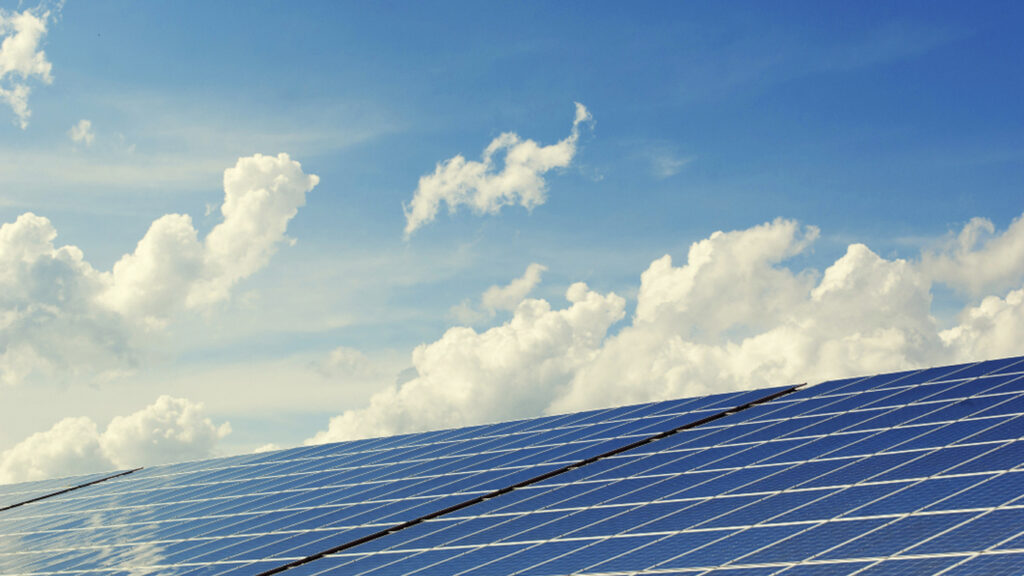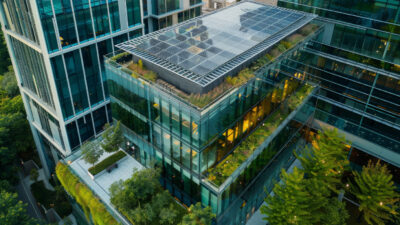As the world increasingly relies on data-intensive technologies, demand for renewable powered data centers is growing — with the energy they require becoming a rising global concern. For companies looking to build a data center, prior strategy has focused on achieving maximum uptime, with little regard for conserving energy.
More frequently, however, questions and requirements for data center sustainability are showing up in requests for proposal and new contracts. The data center real estate community must address these questions: Can data centers truly go green? How are data center developers addressing these environmentally friendly requirements?
Data centers require a tremendous amount of energy. They run 24/7, whether they are being used or not (in the past they have been powered by carbon-emission producing energy sources). In recent years, the data center industry has focused not only on overall energy use, but efficiency. Data centers have kept their energy use relatively flat over the past decade due to increased efficiency in equipment (servers, storage and cooling systems) — a step in the right direction that could last several more years.
However, if the data center industry is going to keep up with climate goals, carbon emissions must be reduced. Transitioning to renewable energy sources is essential to combat climate and environmental effects, while creating a healthier workplace for employees. Data center operators, often criticized for “Green Washing” – offsetting their energy usage by purchasing matched renewable energy certificates – are finding they must do more, including finding alternate forms of renewable energy.
The future of data center energy is a combination of renewable sources (wind and solar), nuclear, hydropower and energy storage. Energy isn’t the only consideration, however. Data centers use large amounts of water to control temperature and humidity. Finding a property with access to water and renewable energy sources has become a real estate challenge. Building a green facility can be a higher up-front cost, but owners can benefit from long-term cost savings and tax benefits. Combine that with the tech industry’s increasing efforts towards 100% renewable energy – both Microsoft and Amazon have made public commitments to reaching 100% by 2025 – data centers are inching closer to green.
There are several key parts and players critical to making this process a reality. These include early planning and land procurement during the real estate process, a design which addresses environmental impact and access to renewable resources, and an owner or operator who is committed to measuring, reporting and setting net zero emission goals. The future of green data centers is ultimately a cohesive and combined effort of teams working together.

 Colliers Insights Team
Colliers Insights Team

 John Scott
John Scott Jacob Pavlik
Jacob Pavlik
 Patrick Duffy
Patrick Duffy